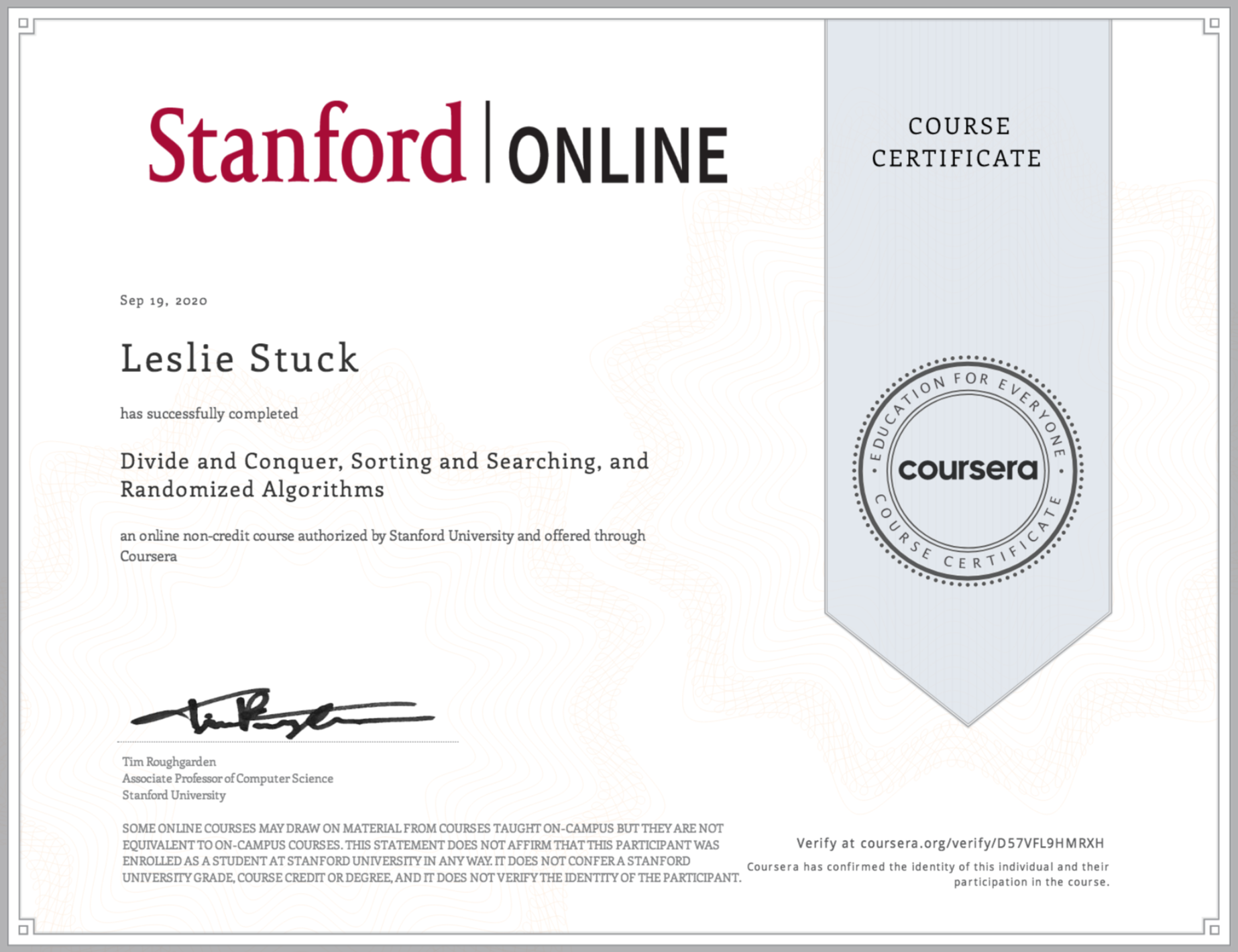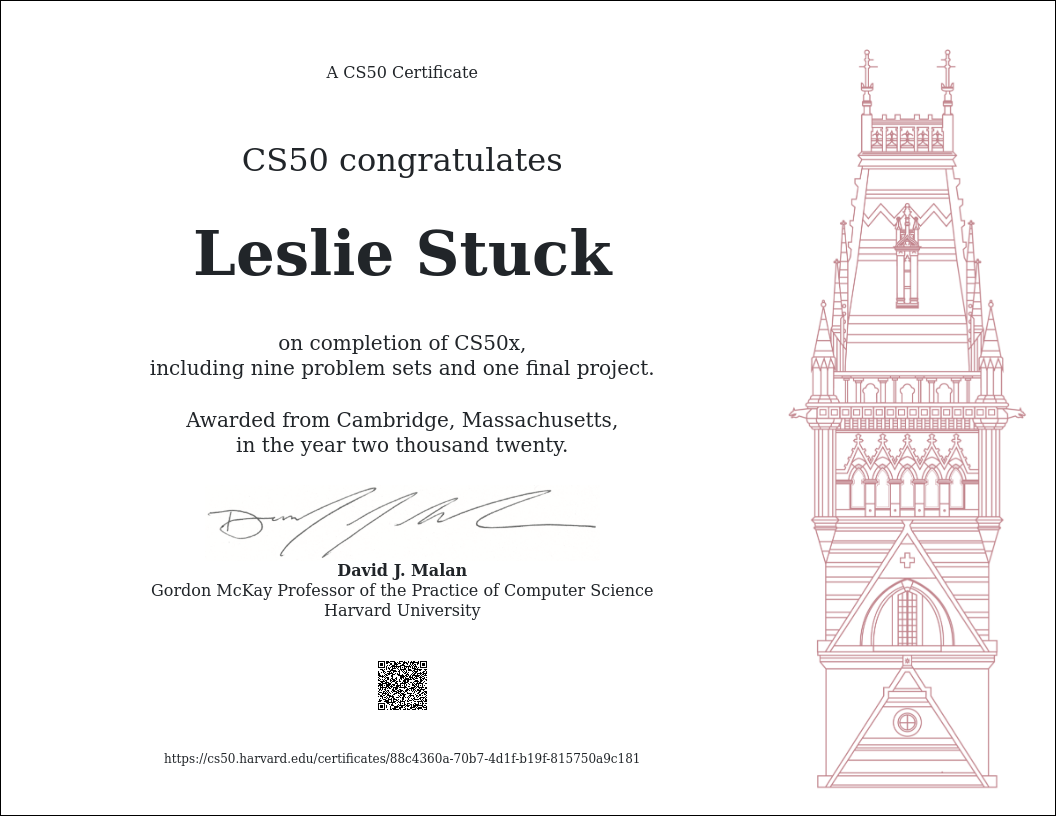At Meow Wolf, interactive art experiences are built on four principles: invitation, agency, discovery, and sharing.
When I was asked to build interactive musical mushroom software for our new Grapevine, Texas, exhibit, Creative Engineer Alan Watts and I kept these principles in mind throughout the entire process of ideation, design, iteration, and installation.
The mushrooms are arranged around a large tree trunk in the Forest. When people tap a mushroom, it responds with its own sound and light. Each tap also triggers a response from other mushrooms, coordinated so that - within a local group of mushrooms - each one feels connected to the others.
I prototyped the experience using a MIDI keyboard and a Max patch so user testing could start right away. Each mushroom's response was defined by a MIDI delay algorithm, with options for delay time and pitch (transposition, inversion, or random) for up to 2 delays per tap. To make the mushrooms fit musically with the entire forest environment, the pitches were selected from a major pentatonic scale compatible with the key of the environment, and delay times are quantized to the environment tempo.
To make the mushroom response easy to interpret and recognize by participants, the same algorithm was used for each group, arranged to be played by one or two people. In testing, we observed that playing several mushrooms in quick succession would produce a confusing flurry of notes, so musical responses are disabled until the last few notes are played. In this way, it’s easy for people discover the interactivity.
When no one is playing the mushrooms, they will sometimes randomly emit a short burst of notes. This is what we call the Attract Mode: inviting guests to play. When several people tap the mushrooms, the combined sounds fit together musically within the forest soundscape, creating a shared experience with friends and strangers.
Combining participant agency with sharing was a little tricky. Each mushroom is a molded plastic shell with an accelerometer connected to a Teensy microprocessor which analyzes the percussive wave form and sends OSC messages to Max. In prototyping, we realized the vibrations and sounds from one mushroom could trigger other mushrooms, and this obscured a participant’s action. Placing each mushroom’s speaker in a separate box, and isolating each mushroom with a foam gasket helped. Those physical interventions reduced the vibrations enough to use a simple amplitude threshold to filter out crosstalk.
We also wanted each mushroom response to respond to the intensity of a tap, to enhance the sense of agency of a participant. Measuring the initial impulse proved inaccurate; we really needed to average the amplitude over a period of about 40ms. But waiting to trigger the note reduced the sense of agency. The solution? Trigger a note at the very first signal exceeding the threshold, playing the attack portion of the note at full volume and triggering its associated light. Then, after the 40ms measurement period, update the overall loudness of the rest of the note. In Max, I used the MIDI notes to poly~ to play each note (and its delayed responses), combined with poly~’s “notemessage” message to tell the already-playing note to update its gain. Testers were delighted at the immediacy and responsiveness of the play.
The participant’s taps are rewarded with a low-latency sense of agency, but all the delayed notes are quantized so that multiple players are harmoniously sharing.
The success of this mushroom project underscores the value of prototyping, user-testing, and design iteration at every step. User feedback was collected with the original Max patch and mushroom prototype, followed by studio testing of all the sensor hardware, microprocessor software, and Cathy Laughlin’s lighting software in Meow Wolf studios. By the time we went to install onsite in Texas, the work was mounting, low-voltage cabling, testing, and adjusting overall levels and sound mix.

















